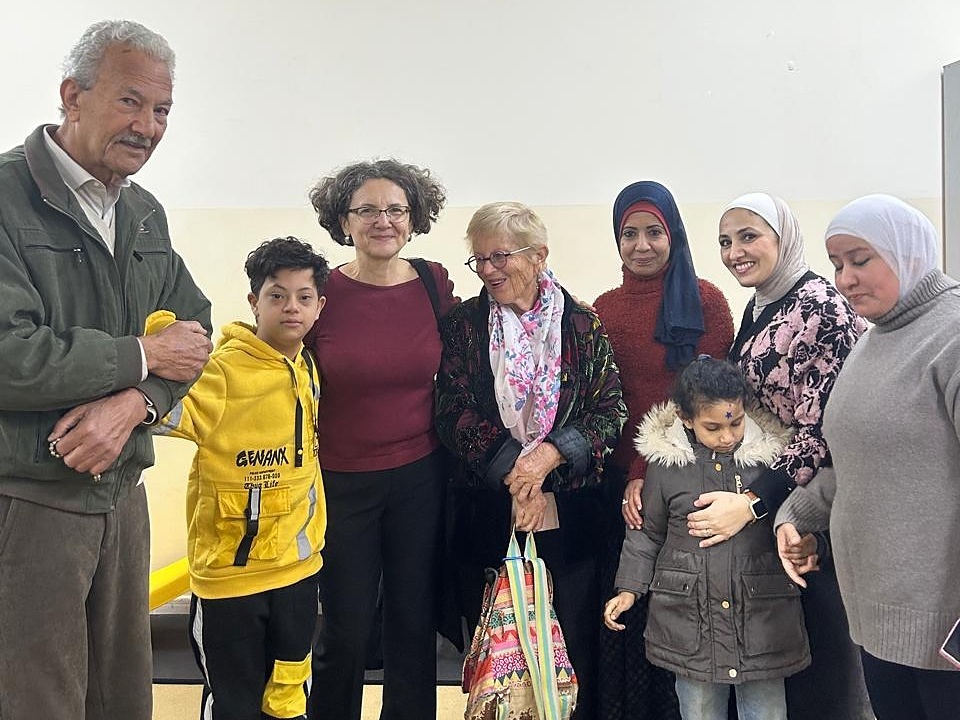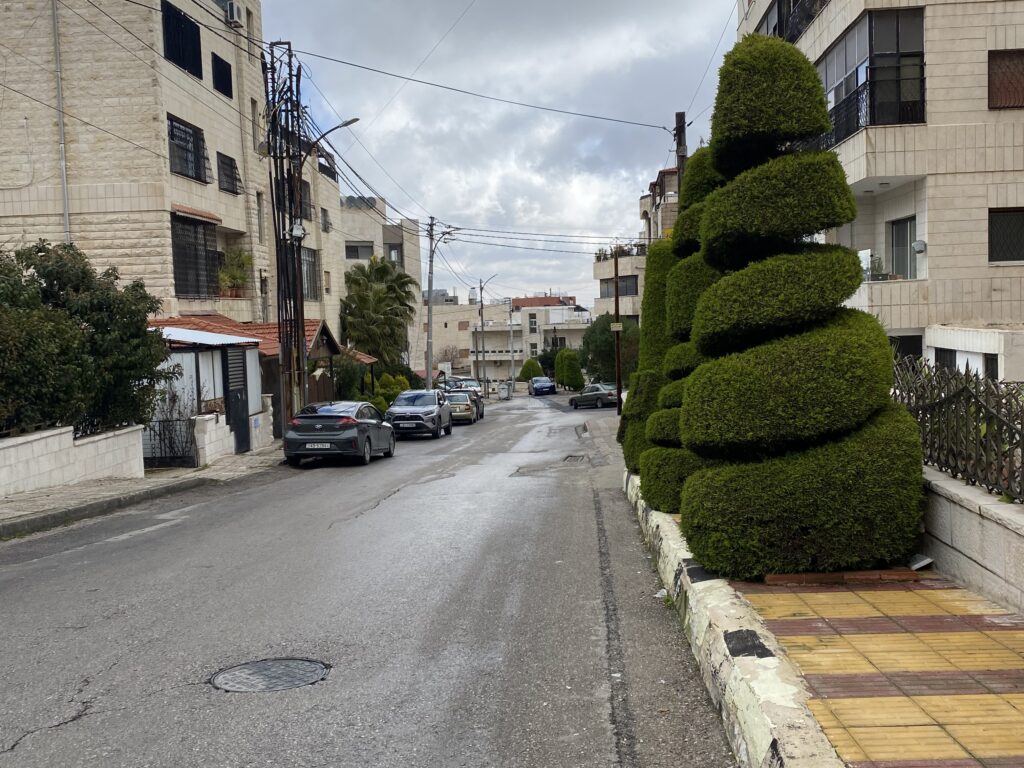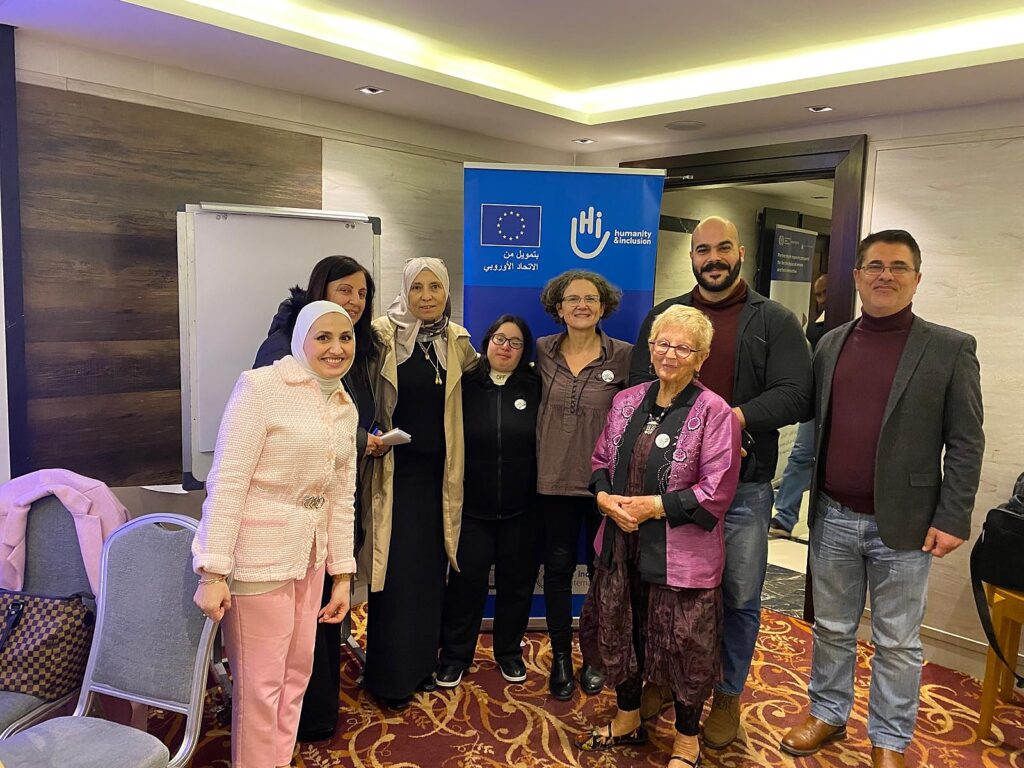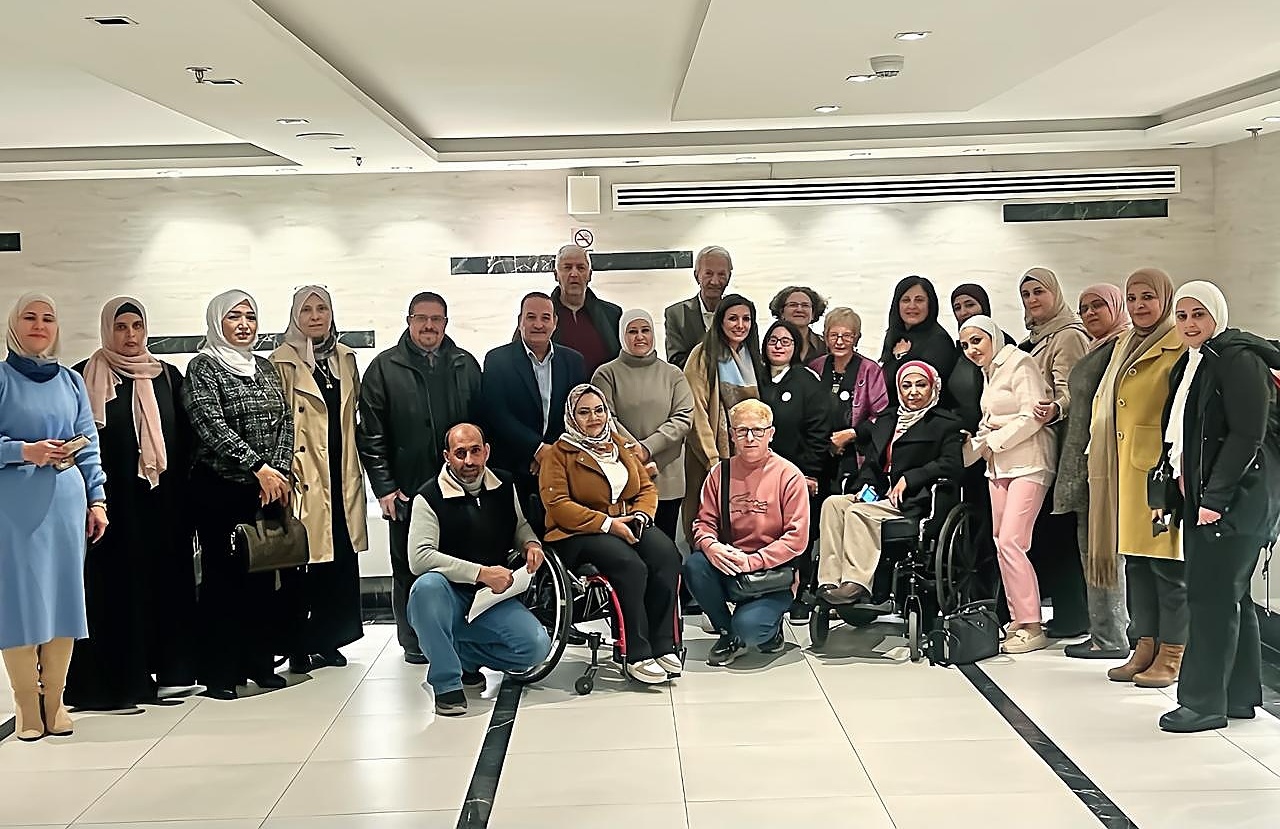In mid-February, I had the opportunity to participate in leading a training course and consultancy in Amman, Jordan, organized by two international organizations – Inclusion International and Humanity & Inclusion. This event is the start of a several-month collaboration with two selected organisations that want their services to better support the social inclusion of people with disabilities.
My colleague for training and follow-up consultation is Lorna Sullivan, a prominent figure in the field of disability support and social inclusion in New Zealand. Our collaboration is part of a long-term project to support the Jordanian government’s efforts to deinstitutionalize and develop community-based social services for people with intellectual disabilities.
The two-day training, the follow-up visits to two local organizations supporting people with disabilities, the discussions with the organizers of the event and the stay in Amman itself brought me some important and interesting insights. They are based on an understanding of how different the functioning of Jordanian society is from that of the Czech Republic and New Zealand, and that this brings both unexpected and unique opportunities and significant challenges.
A company with distinct strengths
One of the great strengths is the strong role of local communities and large families. The two organisations I visited – the “Community Development Centre Marka” located in one of the largest refugee camps in Jordan, and the “White Window Association for Persons with Disabilities” – rely on highly qualified professionals such as. physiotherapists and speech therapists who work on a voluntary basis, i.e. without financial reward. This is the only way these centres can sustain their operations, as they have no stable income for salaries from public budgets or from the recipients of their services. Professionals can work here for free because they have a background in their extended families. Local communities are an important source of further organisational development and social inclusion.

Barriers to infrastructure and social inclusion
On the other hand, underdeveloped infrastructure and physical barriers in public space significantly hinder social inclusion.
Amman, a city of four million, is one big obstacle course. The city is crisscrossed by eight-lane highways with minimal pedestrian crossings, which poses a challenge for anyone who needs to get around on foot. Narrow sidewalks are often blocked by trees, and ramps are built exclusively for cars.
Public transport options are extremely limited – there is no metro or tram service. The bus network operates in dedicated lanes that follow only the main traffic routes. While it allows for quick connections between key parts of the city, it cannot be considered an accessible public transport system.
How can one develop an independent life in such an environment? The answer is clear: it is a huge challenge.

Our role in supporting change
Our mission, Lorna’s and mine, is to help the two selected organizations strengthen their community support services to be more effective in supporting people with disabilities in their natural environments.
We are acutely aware that in such a different environment it is not our job to give answers, but rather to ask the right questions – ones that will help organisations discover their own pathways to achieving meaningful change.
Our work will be anchored in two concepts that should help: Five Valued Experiences and Accomplishments a Asset-Based Community Development (ABCD).. These concepts will serve as a basis for us to find the right sites, accessible resources and innovative solutions that will promote social inclusion and independent living for people with disabilities in Jordan.
My second working trip to Jordan has again brought me valuable insights. I look forward to continuing to work together, learning from the unique perspective of local organizations and my experienced colleague Lorna, and contributing to a stronger society where everyone can thrive regardless of their disadvantage.



